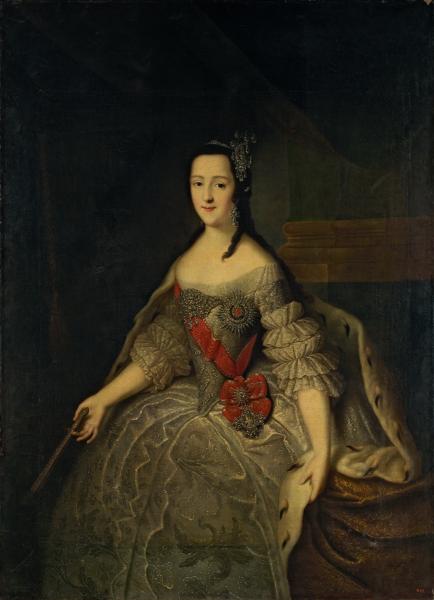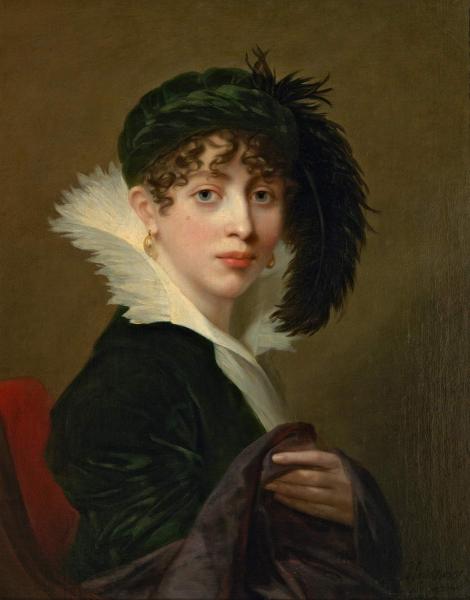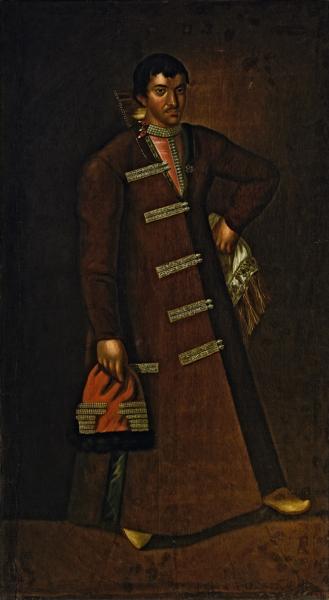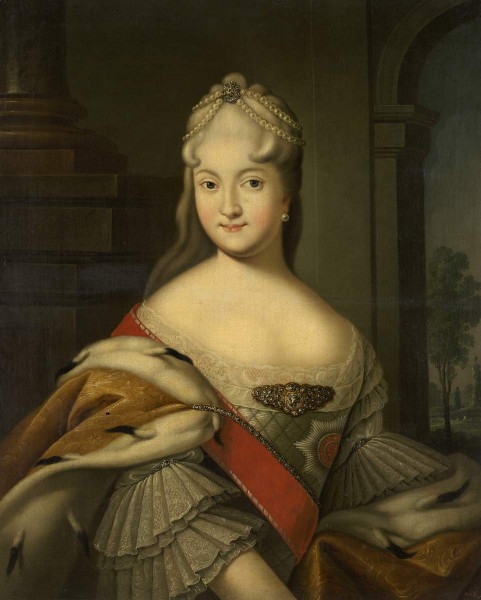The artist is a thunder

Ekaterina II Alekseevna (1729–1796) – nee Princess Sofia Augustus Frederick Angalt -cords. Born in the German city of Stetin. In 1744 she arrived in Russia as the bride of Grand Duke Peter Fedorovich. In the same year she accepted Orthodoxy with the name of Ekaterina Alekseevna and was married to Peter Fedorovich in August 1745. In 1754 she gave birth to an heir, future emperor Paul I. She did not work out with her husband, and Peter III intended to send his wife to the monastery. In the summer of 1762 she headed the guards and overthrew Peter III, becoming an empress. In the early years of government, the policy of “enlightened absolutism” adhered to, but after the peasant war, led by Emelyan Pugachev (1773-1775) and the great French bourgeois revolution (1789) tightened the regime. Woned the victorious wars with Turkey (1768-1774; 1787-1792) and Sweden (1788-1790). During its reign, Russia included Crimea (1783), North Black Sea region, Baltic states, eastern parts of Poland, Aleutian Islands, Russian settlements in Alaska were created, Eastern Georgia was taken under patronage. The prestige of Russia in Europe has grown many times.
Olga Savenkova. Exhibition catalog in Malaga "The Romanov dynasty". 2017. With. 229.
Depicted with the Order of St. Catherine of the Big Cross (tape, cross and star).
In the catalog 1980; Grot g.-To. Stylistic and technological research makes us doubt the authorship of g.-To. Groot. This is probably a copy from the portrait of Grand Duchess Ekaterina Alekseevna Groot’s work.
+ About the restoration of the work
– Hide the text about restoration
The state of safety before restoration:
The portrait was originally written in a smaller size, but in the process of existing, it underwent a change in the format in the larger direction, was inserted on the four sides of the spelled out stripes of various widths. A possible explanation of the change in format may be the fact that the picture existed for some time, as the steam room to the portrait of Grand Duke Peter Fedorovich and exhibited with him in the united frame. A photograph of 1905 from the Tauride exhibition has been preserved.
Upon admission to restoration, painting was struck by a rigid raised craquelure and fractures. Numerous records were made tonally to the darkened varnish. Painting on the extensions had a strong brilliance and dissonated with the author. On the surface, recordings were distinguished, overlapping old roughly laid breaks. The image of the surrounding shape of the entourage was hidden by dark registrations and varnishes, it was poorly read.
Complex of the events:
During the restoration process, conservation measures were carried out, including strengthening the colorful layer, eliminating deformations, removing pollution and duplication of edges. Layers of darkened restoration varnish and late entries were deleted. Breakthroughs that have opened after clearing are re -called using modern methods. A superficial shine was eliminated in the inserted areas and a picturesque layer was adjusted according to the author’s color and composition. The most difficult areas associated with the reconstructive addition of painting were the image of a dress and a mantle in the lower part of the picture, where it was necessary not only to clarify the color scheme, but also to adjust the decor and folds.
Thus, the original portrait was combined with late extensions, and appeared as an integral monument with historical changes.
Keeping a story. Restoration workshop of the Russian Museum – 100 years. SPb, 2022. With. 68.


